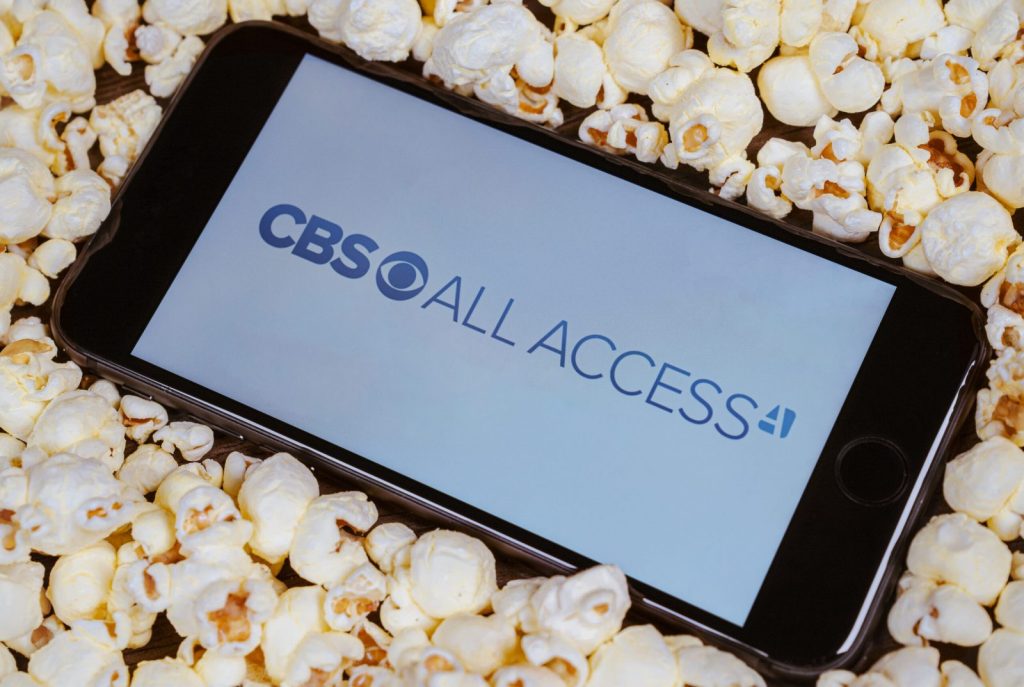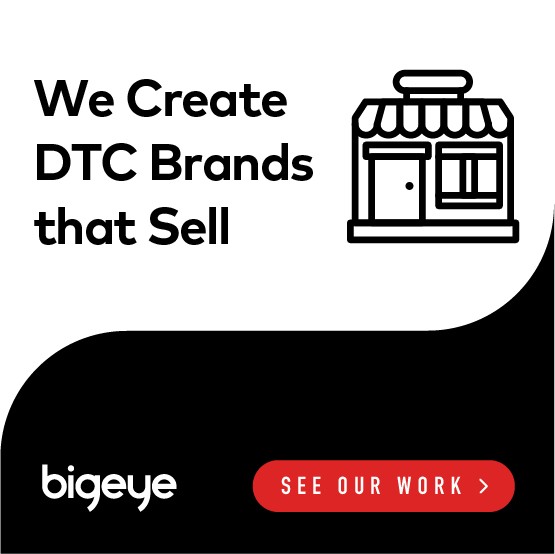
Consumers are cutting cable but still watch favorite shows by streaming them. Invest in CTV and Local OTT Media to maximize your marketing investment.
Even some researchers who conducted a recent survey of cord-cutters expressed surprise at their study results. Cord cutting refers to people who have canceled their cable TV accounts but kept internet as a way to access streaming content. This content may include their favorite TV shows and streaming-only programs. People still watch television shows, but far less of them watch via cable these days.
While it’s obvious that regular TV ads won’t reach as many people as they used to, you can find out how savvy marketers can enjoy even better returns from accessing local OTT media and CTV advertising. These kinds of ads reach the viewers that cable cannot and offer plenty of benefits.
The importance of digital media for advertising
The survey mentioned above occurred last year and involved 5,000 Americans. The survey takers believed that their demographics tended to skew a bit younger and more budget-conscious than average, but they still included residents of each state and people from age 18 to 69.
The results uncovered surprising insights and trends:
- Almost 60 percent of the respondents had already canceled their cable service.
- Meanwhile, almost 30 percent said they had not yet cut the cord but were actively considering it.
- In summary, about 90 percent of survey respondents had already canceled their cable TV subscriptions or planned to do it in the future.
Meanwhile, industry analysts expect the trend to continue. Streaming services like Netflix, Hulu, and Amazon already offer billions of dollars worth of content. Such devices as Roku Streaming Stick and Google Chromecast let viewers access multiple services from older TVs, and newer sets often come with built-in internet connectivity. Of course, people can also watch content from their laptop, mobile phone, or tablet, so they really don’t need a television at all.
Rather than choosing an expensive cable package, many consumers have found they can get more content for less money by streaming. Even cable companies recognize the trend and have begun to offer stream-only accounts that give customers internet access to basic and some premium cable stations. In addition, most cable and network stations offer free and paid plans to let viewers watch their favorite shows through an internet connection.
Also, you can only access some new network programs from, like the new Star Trek series, through a paid app. With that CBS app, for example, the basic paid plan still shows ads, and viewers need to pay more to remove them. As another example, you have to have paid cable access to see some AMC shows, and you still have to pay more to remove advertisements.
In any case, the numbers from the survey may not exactly illustrate the behavior of all Americans. Still, they represent a large population of internet-aware, budget-conscious consumers. If that sounds like your market audience, you should consider the digital media marketing options that will let you reach them.
What is OTT Vs. CTV advertising?
Very often, OTT and CTV advertising get used interchangeably. More precisely, CTV refers to connected TV or even any device used to watch content through an internet connection. OTT stands for “over the top” and refers to using a service to access content from the internet. For instance, people still need to get bandwidth from their cable company, but they may need a subscription to such OTT providers as Hulu and Netflix to watch a particular show.
The anachronistic origins of over the top came from the days when people usually placed their gaming or streaming device physically over the top of their cable box. Anyway, you can usually think of OTT and CTV advertising as having a similar meaning, depending upon context, but they may not always exactly mean the same thing.
So, you might see CTV and OTT advertising more precisely described like this:
- CTV advertising: CTC advertisements generally describe short-form, professional video ads that marketers can offer to targeted audiences of people who use connected TV.
- OTT advertising: Advertisers can have OTT ads inserted inside of OTT content in much the same way that viewers are used to seeing ads on network shows. Subscribers will not see ads for external businesses on Netflix or the HBO app. However, some services have subscription levels, so the provider will display ads to bring in additional revenue for the cheaper plans. Examples of these services include Hulu and the CBS and AMC streaming apps.
Benefits of OTT and CTV advertising
Before discussing the benefits of digital media advertising, it’s a good idea to consider the drawbacks of traditional media:
- Targeting: Traditional TV, radio, and even print ads generally cast a wide net. You may have had some ability to target an audience by choosing time slots or media; however, you can’t tune that well enough to target things like your previous website visitors or people who have or haven’t seen your ads before.
- Analytics: After your ads ran, you may have figured out how to gather some rough metrics. For instance, you might have asked viewers to call a particular phone number or ask for a specific TV-only deal. Still, you had no way to track the buyer’s journey or know exactly which of your efforts effectively gave you the best returns.
Besides knowing that you’ll gain an increasingly larger audience by targeting online content, you should understand the rich features of streaming ad platforms.
Targeting
Sophisticated digital media marketing platforms offer these kinds of popular targeting options:
- Geographic location: In the past year, local OTT media marketing grew by 127 percent, which amounted to seven times the increase for all digital media marketing put together. You can also use IP targeting to find customers in specific geographic locations.
- Your own insights: You can use your own website visitor tracking, subscriber list, and other first-party data to find your audience.
- Demographics: As with other kinds of ad platforms, you target by personas, age, gender, income, and many other demographic variables.
- Frequency caps: You won’t have to worry about overexposure when you can set frequency caps to avoid showing your same ads to the same people too many times.
- Retargeting: Besides targeting your own website visitors, you can also target the same people across multiple devices, such as their connected TV, mobile phone, and laptop.
Metrics
Just as you’re probably used to from typical online analytics and advertising program, you will get a free suite of metrics to monitor performance. Some common examples include:
- Site visitors: You can track visitors to your website or individual pages. You will also know which first-time visitors you attracted and which visitors have visited your site before. You will even get completion stats to see how many people watched your entire video to the end.
- Performance statistics: You can also track performance data by device, local region, publisher, creative, time of day, and much more. This will give you the information to test every aspect of your marketing plan. You will know which campaigns performed well and which ones you need to discard or modify.
- Specific costs and conversions: You will have the information to calculate exactly how much you paid for each view, and you can follow your audience through to your website or phone system to calculate conversion costs as well.
Other OTT advertising benefits
Perhaps best of all, viewers don’t appear to mind OTT ads. For one thing, TV viewers have already grown accustomed to commercial breaks during their favorite shows. Unless they have paid for a premium subscription, they accept ads as a price they will pay for their content. In fact, many platforms see video completion rates in excess of 90 percent. Most of the time, the viewer cannot skip the OTT advertisement if they want to finish watching a show, so perhaps this isn’t so surprising.
When you promote your business on high-quality services and programs, you can also help protect your brand image in a way you cannot always do with typical display ads people view on websites.
Why it’s time to invest in OTT and digital marketing media now
Right now, the majority of households access at least some content through CTV and OTT. Many people have already canceled their regular cable subscription, so they only access content through the internet. By 2021, according to eMarketer, almost three-quarters of American households will rely solely upon OTT and CTV to deliver the kind of content they used to watch on cable television.
Meanwhile, during the current coronavirus crisis, viewing habits will increase by about 60 percent, according to Nielsen. Nielsen observed that people tend to consume more programming during times of crisis in order to remain inform, connect with other people, and of course, to entertain themselves. Beyond the overall trend for more digital media consumption, right now, interest is definitely spiking.
Besides the increase in audience size, your marketing efforts can benefit through sophisticated targeting and analytics tools that you will use to promote and measure your efforts. If you ignore the power of OTT and CTV, you risk losing your audience as the cable companies lose customers.



